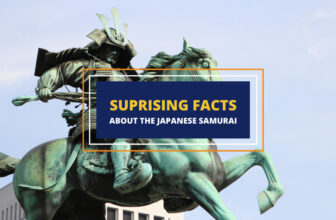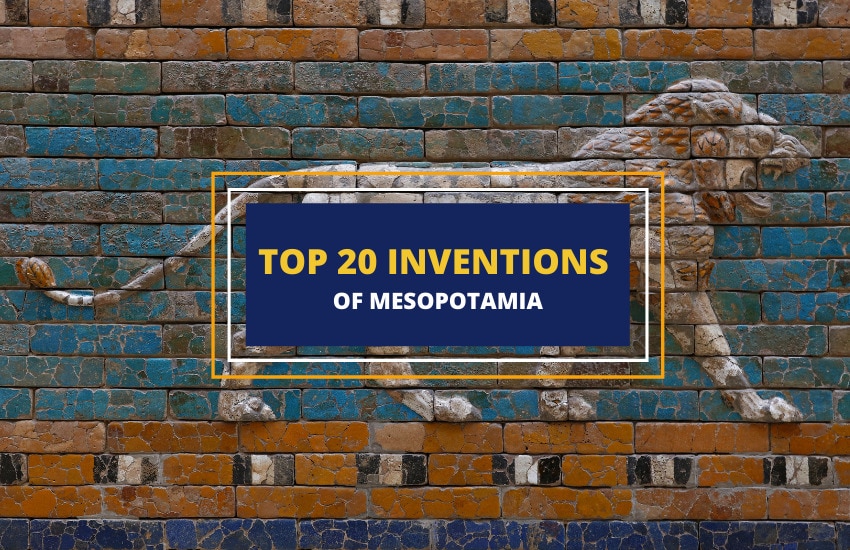
Table of Contents
Ancient Mesopotamia is often called the cradle of modern human civilization as it was here that complex urban centers grew, and highly significant inventions like the wheel, law, and writing was invented. On the rich plateaus of the region, in its bustling sun-baked brick cities, Assyrians, Akkadians, Sumerians, and Babylonians made some of the most significant steps towards progress and development. In this article, we’ll be looking at some of the top inventions and discoveries of Mesopotamia that changed the world.
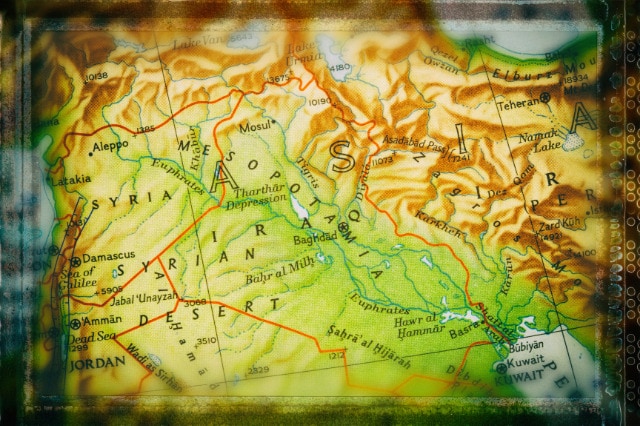
Mathematics
The people of Mesopotamia are credited with the invention of mathematics which can be dated back to 5000 years ago. Mathematics became highly useful for the Mesopotamians when they began to trade with other people.
Trading required the ability to calculate and measure how much money someone had, and how much produce someone sold. This is where mathematics came to play, and the Sumerians are believed to be the first people in the history of humanity to develop the concept of counting and calculating things. They initially preferred to count on their fingers and knuckles and over time, they developed a system that would make it easier.
The development of mathematics did not stop with counting. Babylonians invented the concept of zero and although people in ancient times understood the concept of “nothing”, it was the Babylonians who were the first to express it numerically.
Agriculture and Irrigation

The first peoples of ancient Mesopotamia were farmers who discovered that they could use seasonal changes to their own benefit and cultivate different varieties of plants. They cultivated everything, from wheat to barley, cucumbers, and various other types of fruits and vegetables. They meticulously maintained their irrigation systems and are credited with the invention of the stone plow which they used to dig channels and work the ground.
The regular water from the Tigris and Euphrates made it easy for Mesopotamians to perfect the craft of agriculture. They were able to control the flooding and direct the flow of water from the rivers to their plots of land with relative ease.
However, this did not mean that farmers had access to an unlimited amount of water. The use of water was controlled and every farmer was allowed a certain amount of water that they could divert to their plot of land from the main canals.
Writing
The Sumerians were among the first peoples to develop their own writing system. Their writing is known as Cuneiform (a logo-syllabic script), possibly created to write down business affairs.
Mastering the Cuneiform writing system was not easy, as it could take more than 12 years for a person to memorize every symbol.
The Sumerians used a stylus made out of a reed plant to write on wet clay tablets. On these tablets, they would typically write down how much grain they had and how many other products they managed to sell or produce.
Mass-Production of Pottery

Although humans were producing pottery long before the Mesopotamians, it was the Sumerians who took the practice to the next level. They were the first to create the spinning wheel, also known as the ‘potter’s wheel’ in 4000 BC, which marked one of the greatest shifts in civilizational development.
The spinning wheel allowed the production of pottery to happen on a mass level which made pottery easily accessible to everyone. It became extremely popular among the Mesopotamians who used different pottery items to store and trade their food and beverages.
Cities
The Mesopotamian civilization is often labeled by historians as the world’s first civilization to emerge, so it comes as no surprise that Mesopotamia was the place where urban settlements started to blossom.
For the first time in history, the Mesopotamians began forming cities (around 5000 BC) with the use of other inventions including agriculture, irrigation, pottery, and bricks. Once the people had enough food to sustain themselves, they were able to permanently settle in one place, and over time, more people joined them, forming the world’s first cities.
The oldest known city in Mesopotamia was said to be Eridu, a large city located about 12 km southwest of the state of Ur. The buildings in Eridu were made of sun-dried mud bricks and were built on top of one another.
Sailboats
Since Mesopotamian civilization developed in between the two rivers, the Tigris, and the Euphrates it was only natural that the Mesopotamians were skilled at fishing and sailing.
They were the first to develop sailboats (in 1300 B.C.) which they needed for trade and travel. They used these sailboats to navigate the rivers, transporting food and other objects along the river. The sailboats were also useful for fishing in the middle of deep rivers and lakes.
The Mesopotamians made the world’s very first sailboats out of wood and thick stacks of reed plants also known as papyrus that they harvested from riverbanks. The boats looked highly primitive and were shaped like large squares or rectangles.
Literature
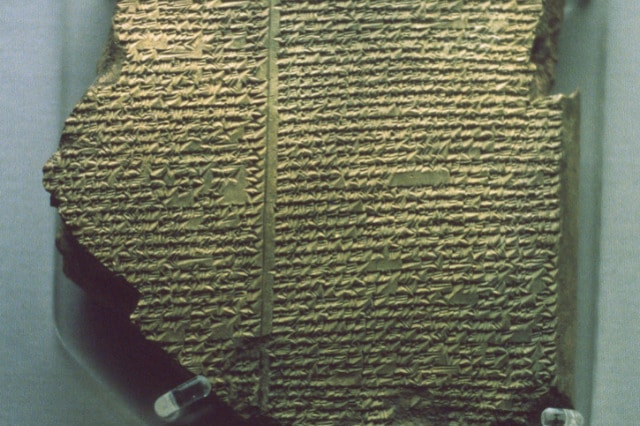
Although Cuneiform writing was first invented by Sumerians to keep a track of their business affairs, they also wrote down some of the most widely studied pieces of literature.
The Epic of Gilgamesh is an example of one of the earliest pieces of literature written by the Mesopotamians. The poem follows the many twists and turns in the exciting adventures of King Gilgamesh, a semi-mythic King of the Mesopotamian city of Uruk. Ancient Sumerian tablets contain information about the bravery of Gilgamesh as he battled great beasts and defeated enemies.
The Epic of Gilgamesh also opens the development of literature with one of the most fundamental topics – the relationship with death and the search for immortality.
Although not every part of the story is preserved on tablets, the Epic of Gilgamesh still manages to find new audiences, millennia after it was inscribed on wet clay tablets.
Administration and Accounting

Accounting was first developed in Ancient Mesopotamia some 7000 years ago and it was done in rudimentary form.
As already mentioned, it was paramount for ancient merchants to keep track of what they produced and sold, so noting down possessions and doing rudimentary accounting on clay tablets became a norm over the centuries. They also noted down the names of buyers or suppliers and quantities and tracked their debts.
These early forms of administration and accounting made it possible for Mesopotamians to gradually develop contracts and taxation.
Astrology

Astrology originated in ancient Mesopotamia in the 2nd millennium BC, where people believed that there was a special connection between the positions of stars and fate. They also believed that every incident that took place in their lives was somehow attributed to the positions of the stars in the sky.
This is why Sumerians tried to find a way to study what exists beyond the Earth, and they decided to group stars into different constellations. In this way, they created Leo, Capricorn, Scorpio, and many other constellations that were used by Babylonians and Greeks for astrological purposes.
Sumerians and Babylonians also used astronomy to decide on the best time to harvest crops and to track the change of seasons.
The Wheel

The wheel was invented in Mesopotamia in the 4th century BC and although a simple creation, it turned out to be one of the most fundamental discoveries that changed the world. Originally used by potters to make vessels out of clay and mud, they began to be used on carts which made transporting objects around much easier.
Mesopotamians needed an easy way to transport heavy loads of food and wood, so they created solid wooden disks similar to potters’ wheels with rotating axles inserted into the centers.
This invention led to major advances in transport as well as the mechanization of agriculture. It made life much easier for the Mesopotamians as they were able to transport objects more efficiently without having to invest as much manual labor.
Metallurgy
Mesopotamians excelled in metalwork, and they were known to create various items out of different metallic ores. They first used metals such as bronze, copper, and gold and later began to use iron.
The earliest metal objects they created were beads and tools, such as pins and nails. They also discovered how to create pots, weapons, and jewelry out of different metals. Metal was regularly used for decorating and for creating the first coins.
Mesopotamian metal workers perfected their craft over centuries and their demand for metal rose exponentially to the point where they had to import metal ores from far away lands.
Beer

Mesopotamians are credited with the invention of beer over 7000 years ago. It was created by women who mixed cereal with herbs and water and then cooked the mixture. Later on, they began to use bippar (barley) to make beer. It was a thick drink, with a porridge-like consistency.
The first evidence of beer consumption comes from a 6000-year-old tablet that shows people drinking pints of beers using long straws.
Beer became a favorite beverage for socializing and over time Mesopotamians began to develop their skills in producing it. They also began to create different types of beer such as sweet beer, dark beer, and red beer. The most common type of beer was made out of wheat and at times, they would also mix in date syrup and other flavorings.
Codified Law
Mesopotamians are known for developing the oldest known code of law in history. It was developed somewhere in 2100 BCE and was written in Sumerian on clay tablets.
The civil code of Sumerians consisted of 40 different paragraphs that contained about 57 different rules. This was the first time that punishments were written down for everyone to see the consequences of certain criminal actions. Those who committed rape, murder, adultery, and various other crimes were severely punished.
The codification of the first laws made it possible for ancient Mesopotamians to create the concept of law and order, ensuring long-lasting internal peace.
Bricks
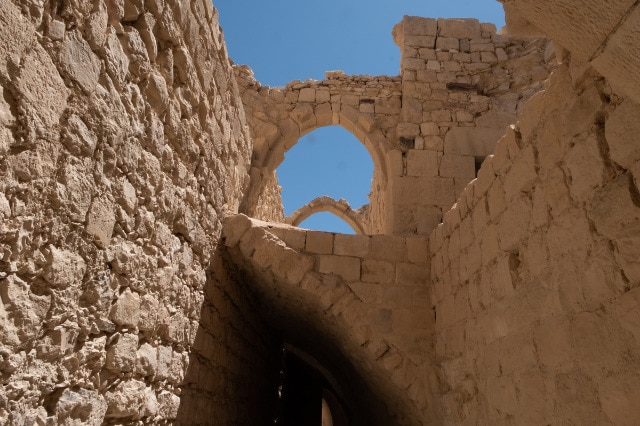
Mesopotamians were the first to mass-produce bricks as early as 3800 BC. They made mud bricks which were used to build homes, palaces, temples, and city walls. They pressed the mud into decorative molds and would then leave them out to dry in the sun. Afterward, they would coat the bricks with plaster to make them weather-resistant.
The uniform shape of bricks made it possible to build higher and more durable stone houses and temples which is why they quickly gained popularity. The use of bricks spread rapidly to other parts of the world.
Today, mud bricks are commonly used for building in the Middle East and the technique for making them has remained much the same since the Mesopotamians created the first bricks.
Currency
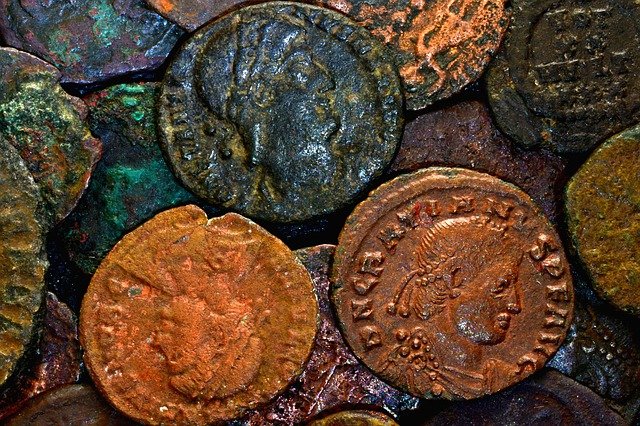
Currency was first developed in Mesopotamia nearly 5000 years ago. The earliest known form of currency was the Mesopotamian shekel, which was about 1/3 of an ounce of silver. People worked for a month to earn a single shekel. Before the shekel was developed, the pre-existing form of currency in Mesopotamia was barley.
Board Games

Mesopotamians were fond of board games and are credited with having created some of the first board games that are now played across the world, including backgammon and checkers.
In 2004, a game board similar to that of Backgammon was discovered in Shahr-e Sukhteh, an ancient city in Iran. It dated back to 3000 BCE and is thought to be one of the oldest backgammon boards ever found.
Checkers is believed to have been invented in the city of Ur, located in southern Mesopotamia, and dates back to 3000 BCE. Over the years, it evolved and was introduced to other countries. Today, checkers, also known as Draughts, is one of the most popular board games in the Western world.
Chariots
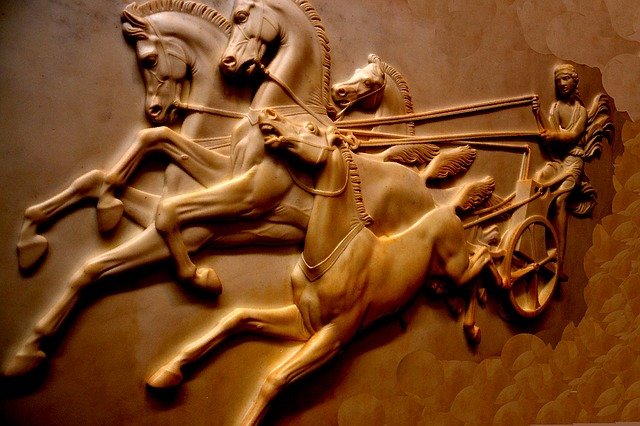
The Mesopotamians needed to hold their claim to their land and for this, advanced weaponry was required. They invented the first two-wheeled chariot which turned out to be one of the greatest inventions for warfare.
There is evidence that Sumerians practized driving on chariots as early as 3000 BCE. Chariots were not common in Mesopotamia as they were mostly used for ceremonial purposes or in warfare.
Wool and Textile Mills

Wool was the most common fabric used by the Mesopotamians around 3000 BCE to 300 BCE. It was often weaved or pounded along with goat hair into cloth which was used to make various types of garments from shoes to cloaks.
Besides inventing textile mills, Sumerians were the first to turn wool into clothing on an industrial scale. According to certain sources, they turned their temples into large factories for textiles and this represents the earliest predecessor of modern manufacturing companies.
Soap

The first soap ever created belonged to ancient Mesopotamians somewhere in 2,800 BC. They initially made a precursor of soap by mixing olive oil and animal fats with water and wood ash.
The people understood that grease enhanced the performance of alkali and proceeded to make these soap solutions. Later on, they began to make solid soap.
During the Bronze Age, Mesopotamians began to mix different types of resins, plant oils, plant ash, and animal fat with various herbs to make scented soaps.
The Concept of Time

Mesopotamians were the first to develop the concept of time. They began by dividing units of time into 60 parts, which led to 60 seconds in a minute and 60 minutes in an hour. The reason why they chose to divide time into 60 units is that it was easily dividable by 6 which was traditionally used as a basis for calculation and measuring.
Babylonians are to thank for these developments as they were basing their development of time on astronomical calculations that they inherited from the Sumerians.
Wrapping Up
The Mesopotamian civilization truly kickstarted some of the most important developments in the history of humanity. Most of their inventions and discoveries were adopted by later civilizations and became more advanced over time. The civilization’s history is marked by these many simple, but important inventions that changed the world.





